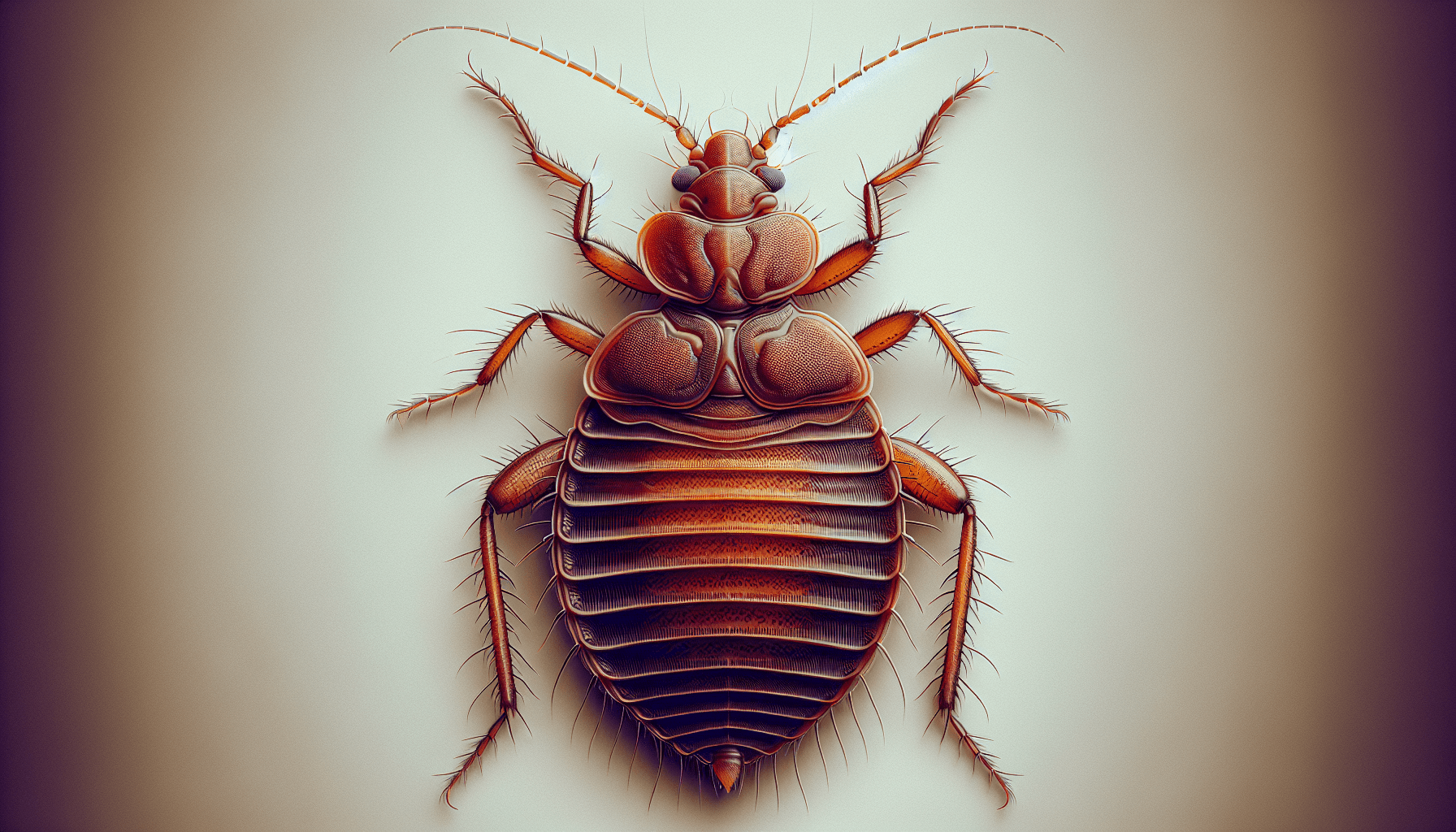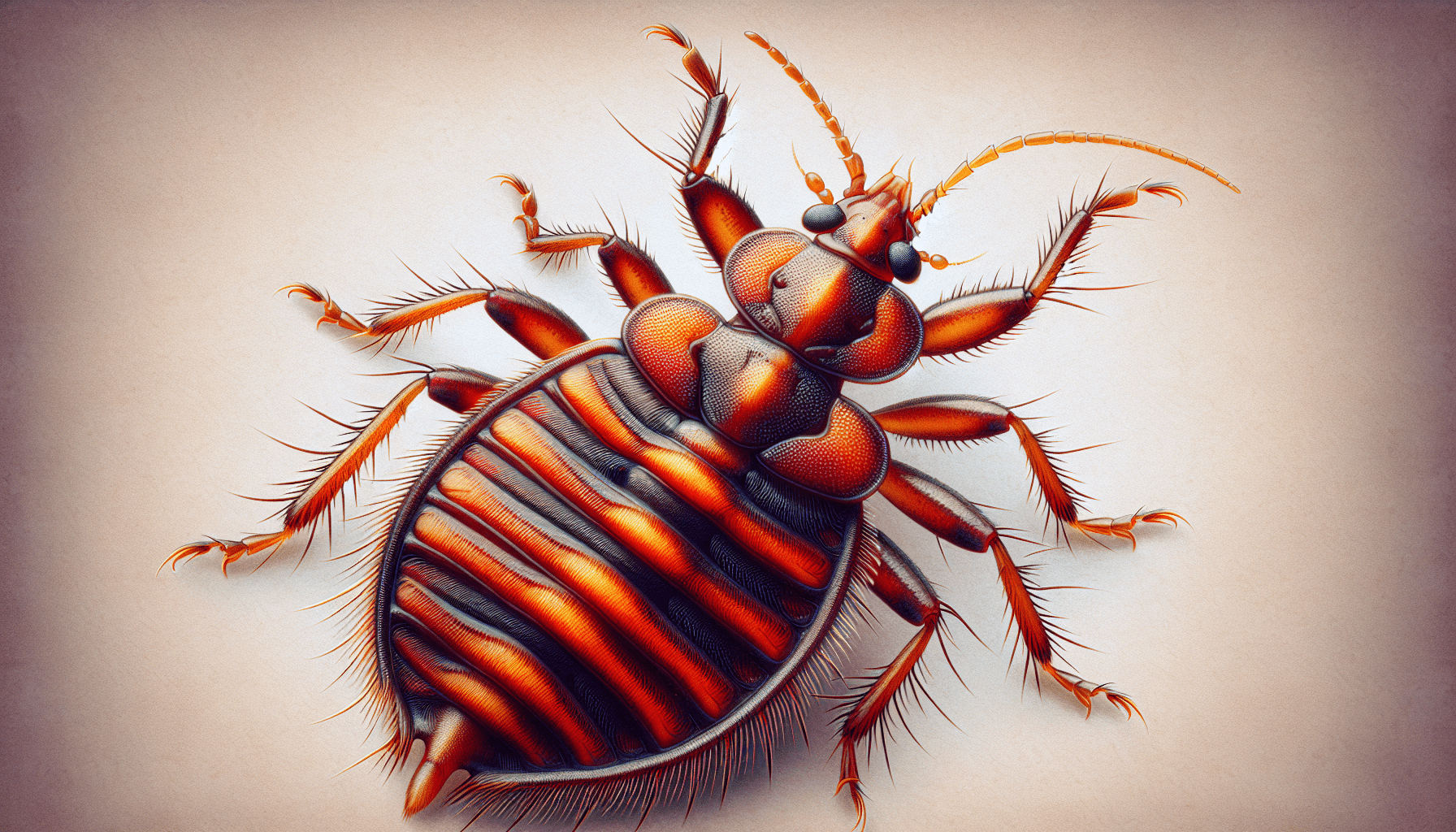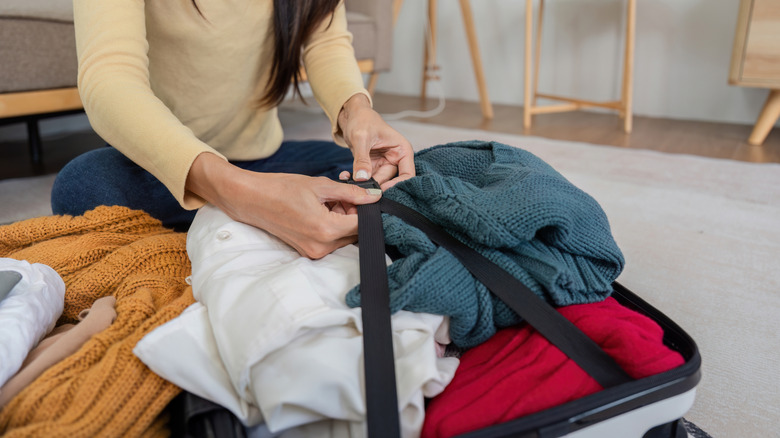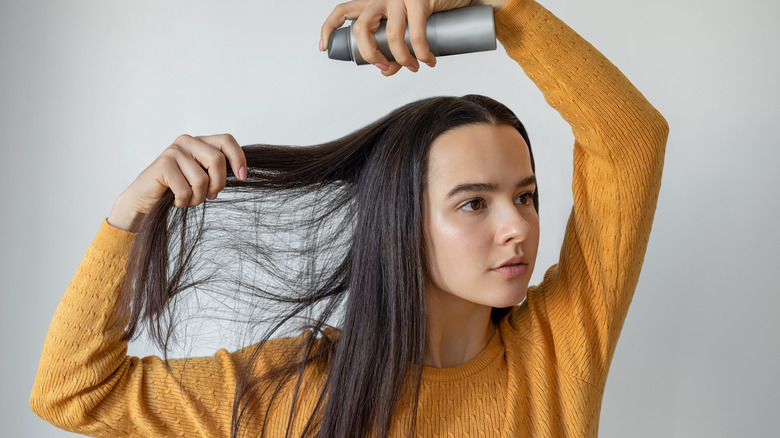Traveling is always an adventure, full of new experiences, flavors, and sights to delight your senses. However, amidst the excitement, it’s crucial to consider the hidden risks that could potentially spoil your journey. Bed bugs, though tiny, have the power to turn your dream vacation into a nightmare. “How to Check for Bed Bugs When You Travel” is your essential guide to ensuring these pesky hitchhikers don’t join you on your adventures. From identifying their physical characteristics to spotting telltale signs in your hotel room, this informative piece equips you with everything you need to safeguard your travels and enjoy a worry-free trip. So, as you explore new horizons, let this guide be your travel companion for a safe and comfortable stay. Have you ever settled into your hotel room, only to feel an odd sense of anxiety about what might be lurking under the sheets or behind the headboard? No one wants to think about it, but bed bugs can turn your dream vacation into an absolute nightmare. Knowing how to check for these unwelcome guests can help you avoid them and ensure a comfortable and itch-free stay.
How to Check for Bed Bugs When You Travel
Traveling should be an exciting adventure, free from the stress of dealing with pests. From identifying bed bugs to knowing where and how to look for them, this guide is your key to staying bed bug-free. Let’s dive in!
Shop These Accessories for a Comfortable Trip
What Are Bed Bugs?
Before jumping into the inspection process, it helps to understand what you’re dealing with. Bed bugs are tiny pests that feed on human and animal blood. According to the Environmental Protection Agency (EPA), bed bugs are small but formidable adversaries, often causing itchy bites and even allergic reactions.
Bed bugs are about the size of an apple seed, which is roughly 5-7 mm. They have a brown, oval-shaped body that turns reddish and swollen after feeding. Their bodies are also covered in tiny, golden-colored hairs and they have four-part antennae with three-segmented beaks. Don’t let their small size fool you—these pests are capable of causing a lot of trouble.
The Importance of Checking for Bed Bugs
Ignoring the possibility of bed bugs can lead to an uncomfortable, and quite possibly itchy, experience. The repercussions don’t stop there—once bed bugs hitch a ride back to your home, eradicating them can be a costly and time-consuming endeavor. Thus, spotting them early on can save a lot of headaches.
Where to Look for Bed Bugs in Your Hotel Room
Bed bugs are experts at hiding, but they do leave behind telltale signs. It’s crucial to know where to look in your hotel room:
Mattress and Bedding
Bed bugs often congregate around the mattress seams, piping, and tags. Here’s what to look for:
| Indicator | Description |
|---|---|
| Stains | Brown or reddish stains left by crushed bugs |
| Tiny Dark Spots | Bed bug excrement, which can seep into fabric like a magic marker |
| Eggs | About 1mm wide, pearly white, often found in clusters |
| Eggshells | Pale yellow, shed by nymphs as they grow |
Headboard and Bed Frame
Bed bugs love wooden surfaces and tight crevices. Check:
- Around the headboard, especially behind it.
- In the joints and screws of the bed frame.
- Any other wooden furniture near the bed, such as nightstands.
Upholstered Furniture
Don’t just limit your search to the bed. Bed bugs can also be found in:
- Seams and buttons of chairs and couches.
- Between cushions and in crevices.

Shop These Accessories for a Comfortable Trip
Step-by-Step Guide to Inspecting Your Hotel Room
Now that you know where to look, here’s a detailed inspection process:
-
Do Not Unpack Immediately: Keep your luggage on a hard surface, like the bathroom floor, until you’ve completed a thorough check.
-
Inspect the Mattress and Bedding: Pull back the sheets and blankets. Use a flashlight (a phone light works too) to check seams, piping, and tags. Look for any signs of bed bugs.
-
Examine the Headboard and Bed Frame: Shine a light behind the headboard, check the joints and the screws. Take your time with this step, as bed bugs are notorious for hiding in tight spaces.
-
Inspect Upholstered Furniture: Look closely at the seams and buttons of chairs and sofas. Remove and check between the cushions.
-
Check Closets and Drawers: While less common, bed bugs can also be found in wooden closet and drawer corners. If your room has a closet or drawers, inspect those areas as well.
What to Do If You Find Bed Bugs
Finding bed bugs doesn’t mean the end of your trip, but action is required:
-
Inform Management Immediately: Let the hotel staff know about the issue. They should offer to move you to another room or compensate you in some way.
-
Request an Inspection: Ensure the new room or alternative accommodations are checked for bed bugs before you bring your belongings in.
-
Consider Alternative Accommodations: Sometimes, moving to a different hotel altogether might be the safer option.
Preventing Bed Bugs from Coming Home with You
Even after a thorough inspection, you’ll want to ensure bed bugs don’t hitch a ride home:
-
Use Luggage Racks: Use luggage racks to keep your bags off the floor and away from the bed.
-
Seal Dirty Laundry: Use plastic bags to store your laundry, reducing the chance of transferring any hidden bugs.
-
Inspect Your Luggage: Before packing up to leave, inspect your luggage carefully. Once home, consider unpacking directly into the washing machine, washing clothes on the highest heat setting.

Understanding Bed Bug Behavior
A deeper understanding of bed bug behavior can help you detect and avoid them. Bed bugs are nocturnal, which means they are most active at night. They are attracted to warmth and the carbon dioxide we exhale, which is why they tend to infest areas where people sleep.
Lifecycle and Reproduction
Bed bugs go through several stages in their life, from eggs to nymphs and finally adults:
| Stage | Description |
|---|---|
| Egg | About the size of a pinhead, usually laid in cracks and crevices. Hatch in about 6-10 days. |
| Nymph | Immature bugs that go through five stages before becoming an adult. They require a blood meal to molt. |
| Adult | Fully grown bed bugs can live several months, and females can lay hundreds of eggs in their lifetime. |
How to Handle Bed Bug Bites
If you do get bitten, bed bug bites can be uncomfortable but are generally not dangerous. They often appear in clusters or a line and can cause itching and swelling.
Treatment Options:
- Clean the Area: Wash the bites with soap and water.
- Anti-Itch Cream: Use an anti-itch cream or lotion to alleviate the itching.
- Oral Antihistamines: Consider oral antihistamines for severe itching or allergic reactions.
- Consult a Doctor: If there’s an allergic reaction or severe skin reaction, consult a healthcare provider.
Myths About Bed Bugs
Let’s clear up some common misconceptions:
-
Myth: Bed bugs are only found in dirty places. Fact: Bed bugs can be found in five-star hotels as well as in hostels. Cleanliness has little to do with their presence.
-
Myth: Bed bugs transmit diseases. Fact: While they can cause allergic reactions, bed bugs do not generally transmit diseases.
-
Myth: You can get rid of bed bugs by leaving a room empty. Fact: Bed bugs can survive for several months without a meal, so simply vacating the area won’t eliminate them.
Professional Help for Bed Bug Infestations
If you find that bed bugs have made it to your home, seeking professional pest control services is often the most effective way to eliminate them. Professionals have access to treatments and knowledge that go beyond DIY methods.
Proactive Measures for Bed Bug Prevention
Preventing bed bugs starts with awareness and preparation:
- Travel Smart: Research hotels for recent reports of bed bugs. Reviews often mention if a place has had issues.
- Protect Your Home: Use protective covers for your mattresses and box springs to reduce the risk of bed bugs getting into your bed.
- Stay Vigilant: Regularly inspect your home, especially if you travel frequently.
Recapping Key Points
- Bed bugs are small pests that feed on blood and can cause itchy bites.
- They often hide in mattress seams, headboards, and upholstered furniture.
- A thorough inspection upon arrival can help you spot bed bugs.
- If you find signs of an infestation, notify hotel management and consider alternative accommodations.
- Prevent bed bugs from coming home with you by using luggage racks, sealing dirty laundry, and inspecting your luggage.
- Understanding bed bug behavior, lifecycle, and reproduction can aid in effective detection and prevention.
Final Thoughts
Bed bugs are an unwanted souvenir from any trip, but with the right knowledge and precautions, you can avoid bringing them along on your travels. By knowing what to look for and taking proactive measures, you can enjoy your vacation with peace of mind. Happy travels, and may your journeys be bed bug-free!
Shop These Accessories for a Comfortable Trip






